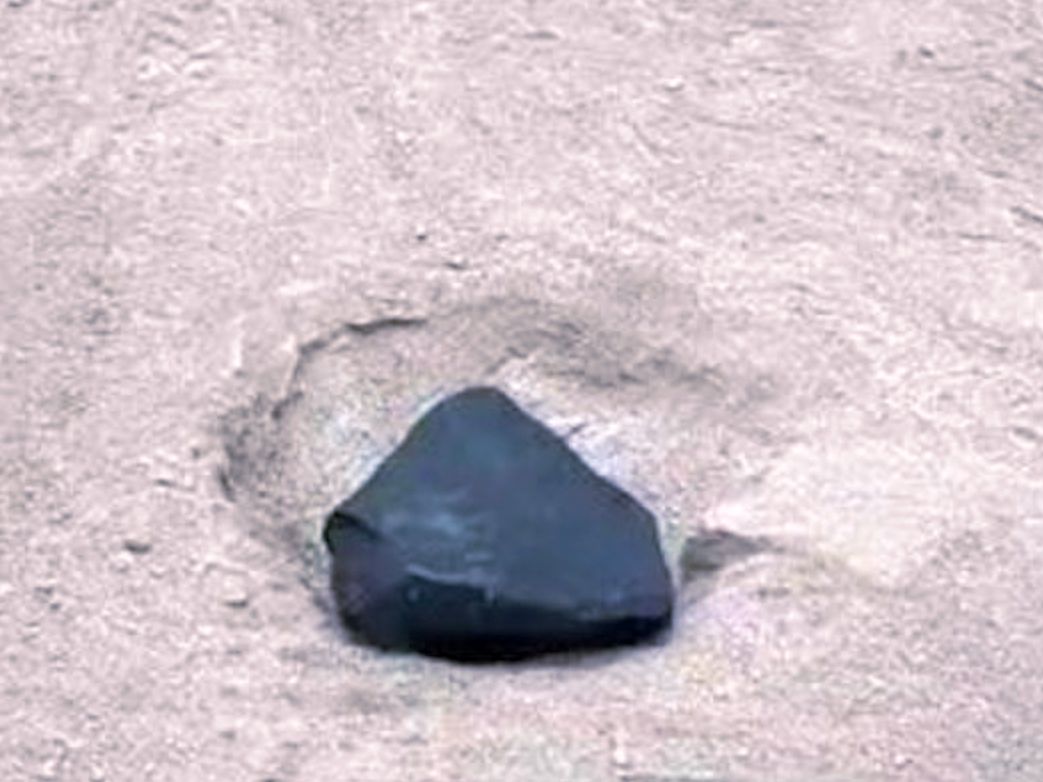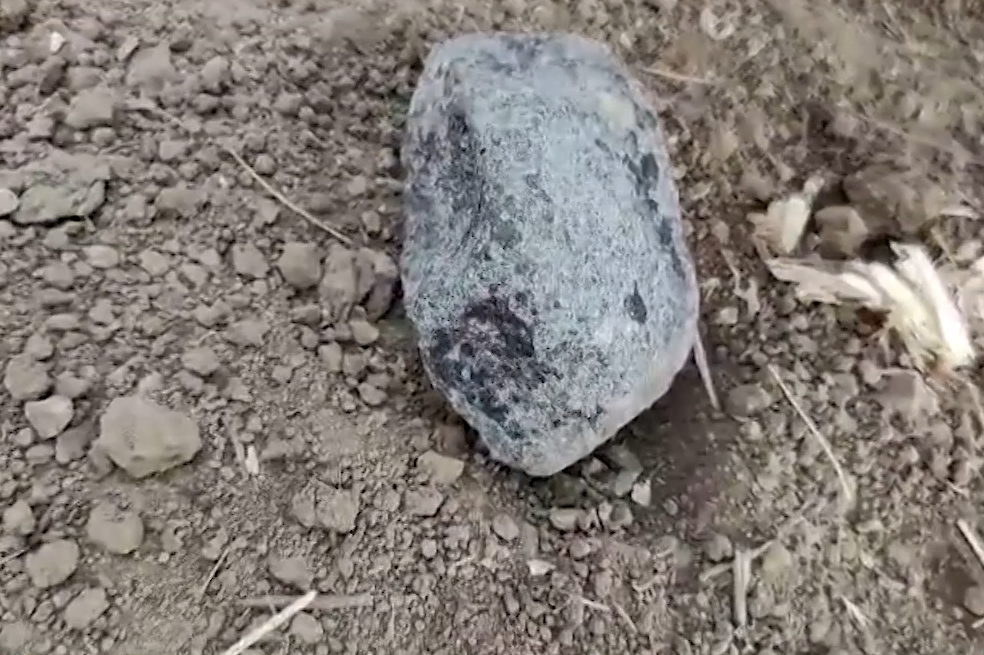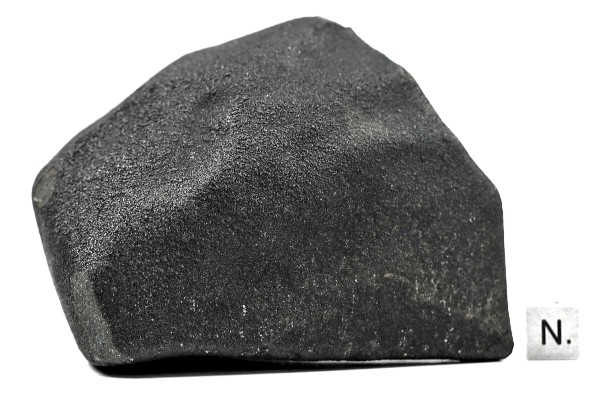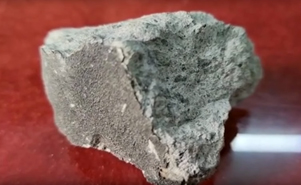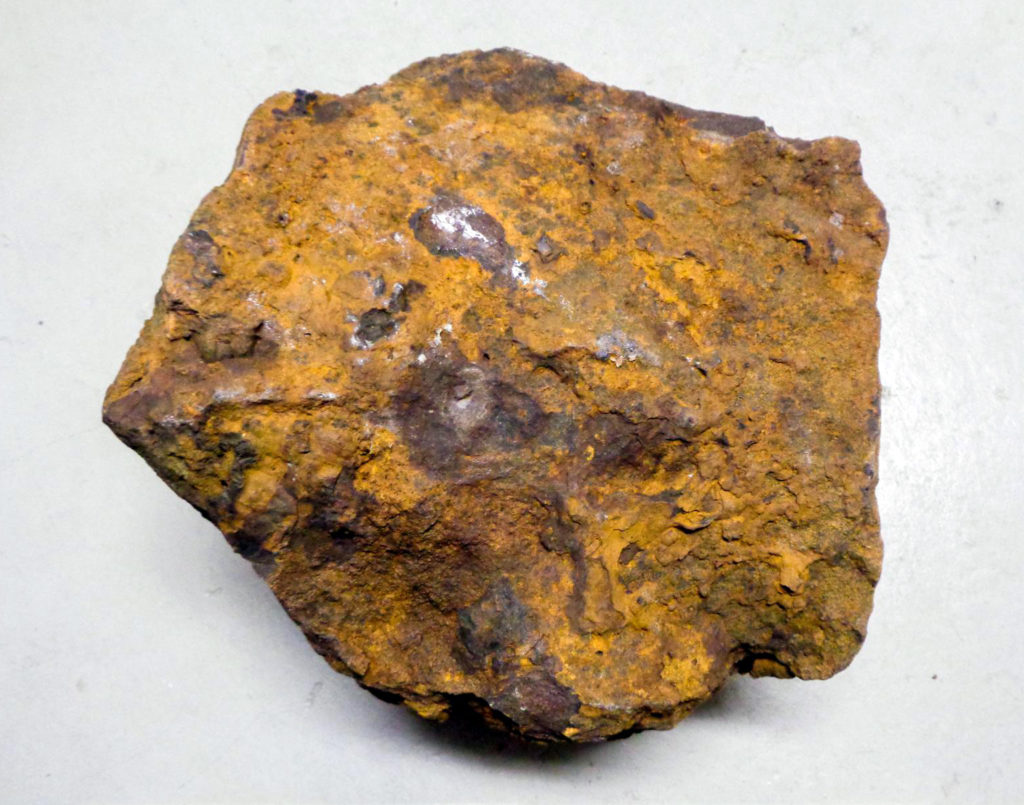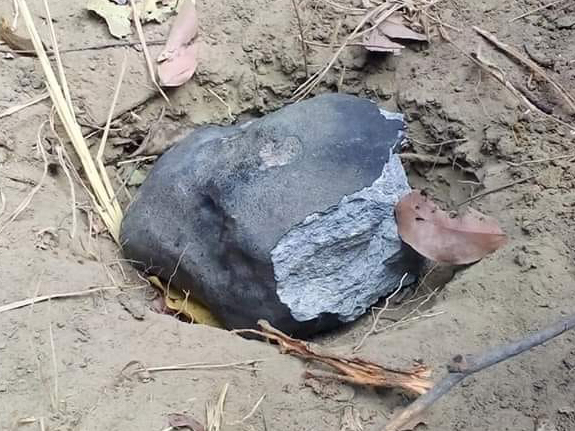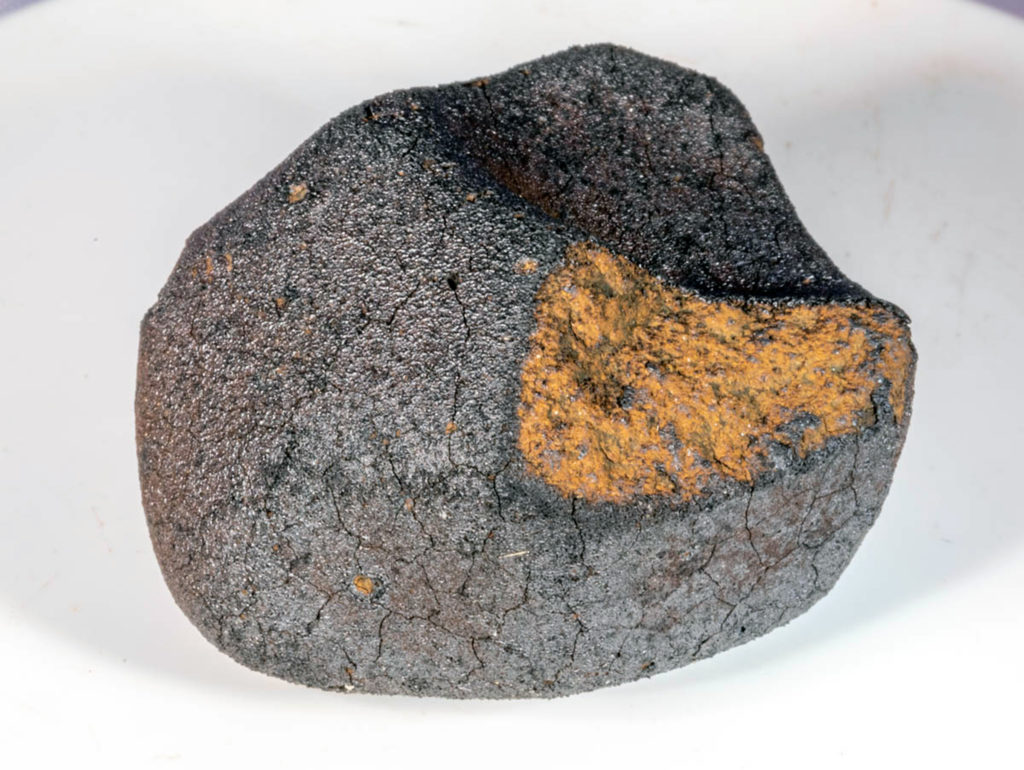Selective sampling of asteroids, the Moon, and Mars: Factors affecting the numerical abundances of members of meteorite groupsOPEN ACCESS
Alan E. Rubin
MAPS, Version of Record online: 22 May 2025
LINK (OPEN ACCESS)
PDF (OPEN ACCESS)
“Meteorite collection inventories show that many related meteorite groups have very different numerical abundances (e.g., lunar versus Martian meteorites; Eagle Station pallasites versus main-group pallasites; eucrites versus diogenites; ungrouped Antarctic irons versus ungrouped non-Antarctic irons; carbonaceous chondrite-related (CC) iron meteorites versus noncarbonaceous chondrite-related (NC) iron meteorites). The number of members of individual meteorite groups reflects the entire history of these rocks from excavation on their parent bodies to recovery on Earth. These numbers are functions of six main selection factors: (1) volume of the parent-body source region, (2) depth of this source region, (3) time spent in interplanetary space, (4) friability of meteoroids in space and during transit through the Earth’s atmosphere, (5) susceptibility of meteorite finds to terrestrial weathering, and (6) post-fall biases resulting from geography, demography, and preferences by meteorite collectors and analysts. The numerical ratio of lunar/Martian meteorites (~1.8) results from several factors including the Moon’s proximity, the short transit time of lunar meteoroids through interplanetary space, the lower crustal depth from which lunar meteorites were excavated, the lower energy required to launch samples off the Moon than off Mars, and the lower porosity and higher mechanical strength of lunar meteorites. The dunite shortage among asteroidal meteorites may have resulted from the deeply buried olivine-rich meteoroids being ejected hundreds of millions of years ago at the same time as pallasites and irons; however, the dunitic meteoroids (with their lower mechanical strength) would have eroded in interplanetary space on much shorter time scales than their metal-rich fellow travelers.”

